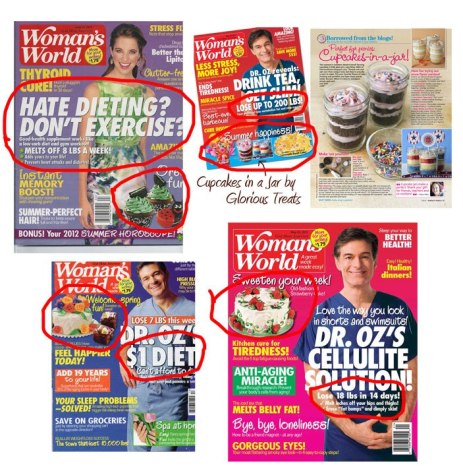Pilgrims, Indians and turkey.
That is what most Americans think of when asked about the origin of Thanksgiving.
Mark Brumley, an educator and the moderator of the HP Teacher Experience Exchange, suggested that students research various websites to learn about the true account of Thanksgiving.
A Google search reveals the feast at Plymouth as the most popular result.
The media only perpetuates this holiday myth.
The pilgrims did not celebrate the Thanksgiving holiday that we observe today.
Google reveals several different origins for the holiday.
Some people believe that the tradition was not even recognized until the mid 1800s when President Abraham Lincoln proclaimed a national day of Thanksgiving.
Others believe that it was President George Washington who first proclaimed Thursday, November 26, 1789 to be a holiday.
As Brumley stressed, “this is the perfect time for a media literacy lesson”.
It is important that people recognize how media messages have influenced their view of Thanksgiving.
Thanksgiving dinner. Cranberry sauce. Turkey.
Turkey genocide.
46 million turkeys will end up as dinner.
Advertising only encourages people to partake in this activity.
There is another rumor that is perpetuated by the media.
Turkeys are not responsible for drowsiness.
Media literacy will help people understand how media messages are used to promote (and profit from) Thanksgiving. It will also help people analyze the conflicting views about the origin of the holiday.

